After months of negotiations and years of false starts, the United States finally has an infrastructure bill. And it’s massive: The Senate’s 2,702-page Infrastructure Investment and Jobs Act reauthorizes a mix of transportation and water programs and adds $550 billion in new spending over five years. Those new programs will target the digital divide, interstate electricity transmission, resilient infrastructure designs, and much more. It’s easily the biggest infrastructure package in decades.
Depending on your priorities, it’s also likely that the bill has something you despise. The transit spending is smaller than senators originally promised, and far smaller than what the Biden administration’s original American Jobs Plan proposed. The same goes for electric vehicle investments and a new program to reconnect communities severed by highway construction. The commitment to clean drinking water could’ve been larger, and critics are right to worry when the workforce development programs will arrive.
That’s one of the problems with a bill this big: It can’t be all things to all people. Instead, we need to judge it in the aggregate. Can this bill make the country more inclusive, environmentally resilient, and industrially competitive?
If you step back and view it in total, the unquestionable answer is “yes.”
While money isn’t everything, this bill invests at a scale the country needs. The total spending levels are estimated at roughly $1 trillion, which could change a bit depending on legislative tweaks and appropriations decisions down the road. It includes $550 billion in new spending, which means roughly $110 billion per year. To put that new spending in perspective, it’s nearly enough to increase total federal infrastructure spending to the same average levels as during the New Deal.
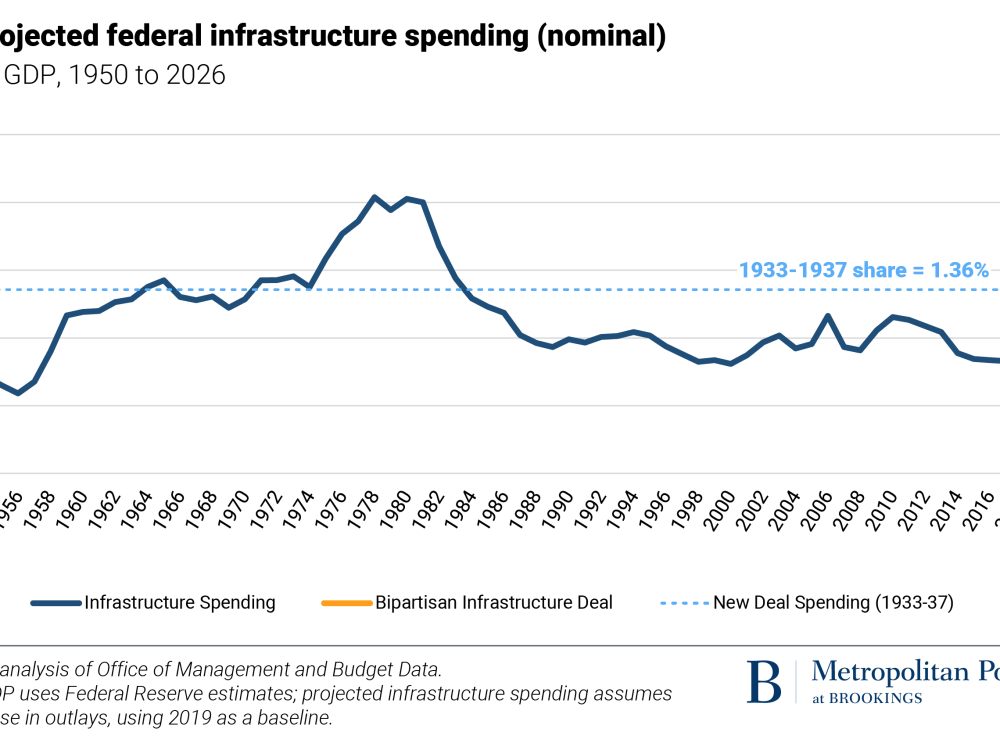
It’s safe to call this a generational investment—and that’s before we even consider what the final total may be. The Senate already passed the U.S. Innovation and Competition Act, and signs are positive that the House will pass a companion bill. That $250 billion bill includes direct infrastructure programs such as clean energy research, plus programs with indirect benefits such as improving supply chains. Then there’s the proposed reconciliation bill; while the exact text is currently unknown, workforce, research and development, and capital programs are all likely part of that separate multitrillion dollar package.
All told, it’s possible that infrastructure outlays over the next five years could match the federal government’s all-time peak: a period from the mid-1970s through the early 1980s when the federal government was still building out the interstate highway network and offering sizable grants to water utilities. That spending peak—almost exactly half a century ago—was motivated by a clear sense of purpose: the vision to connect regions via highway and address the dirty and unsafe water within our communities.
That leads to the bigger reason the Senate’s infrastructure bill can make a real difference: It addresses generational challenges.
The past year has been one long reminder that, for all of the nation’s economic strengths, we are woefully unprepared for our digital future. There are still about 17 million households who don’t have broadband of any kind, and the patterns of geographic disconnect follow the same stubborn neighborhood divides by income, education, and race. The shift to a digital business platform—from everyday banking to the use of machine learning—continues to create barriers to growth for many small- and medium-sized businesses.
Nor is the country ready to manage a changing climate. While major disasters keep growing in frequency and cost, it’s chronic challenges such as flooding and drought that affect more communities. We have precious little time to mitigate the worst of those impacts, including by shifting to cleaner fuel generation and consumption and protecting our built environments and natural resources.
Meanwhile, even after decades of transportation investment, long-distance travel still limits our competitiveness. Shippers continue to struggle with freight bottlenecks, especially around major ports or when interstate bridges fail, such as those in Cincinnati and Memphis, Tenn. Fewer airport hubs and passenger rail alternatives mean delays at the busiest airports often disrupt trips across the country.
The Senate bill commits to address all three challenges. The $65 billion in new broadband spending is orders of magnitude larger than current programs—using network improvements, pricing subsidies, and digital skills programs to narrow the digital divide. There’s $73 billion in new energy funding, primarily to ensure interstate transmission can support clean energy. There’s another $50 billion to make our communities more resilient, plus a Healthy Street program to promote environmental justice. The bill would commit $55 billion to clean drinking water, including lead pipe replacement. The transportation portion includes $40 billion to upgrade bridges, $16 billion to help with extra complex projects, and $66 billion to invest in passenger rail. And that’s just a sampling of the relevant programs.
If you look at this bill in total, there is a clear commitment to addressing generational challenges. But it’s also fair to ask whether the bill goes far enough.
For instance, the bill does almost nothing about reforming land use to promote resiliency. There’s also been criticism that the bill should spend more on transit and institute more controls on roadway expansion—the latter of which the House’s INVEST in America Act does. These critiques have merit, but more transit and fewer roads will barely influence our transportation behavior; we simply have too many highways and automobile-oriented neighborhoods. Even if this bill passes, Congress still needs to find a way to change how our metro areas develop and the prices we pay to travel within them.
We also shouldn’t get ahead of ourselves. The Senate still must consider amendments, overcome a potential filibuster to end debate, and then pass the bill. The House also gets a say, and it’s easy to imagine a scenario where members extract concessions like adding earmarks or limiting highway building in exchange for their vote. And even after the bill does become law, the yearslong challenge of implementation begins: Agency leaders at the departments of Commerce, Energy, Transportation, the Environmental Protection Agency, and elsewhere will all have to adopt new rules and—in many cases—start judging competitive grants. States and localities will be flush with new resources and the responsibility to make good on the opportunity. The decisions made in those agencies and across the country will determine the real legacy of this bill.
There will be plenty of time to think about those implementation challenges. For now, it’s worth reflecting on where we stand.
It’s been almost half a century since Congress made a generational commitment to invest in federal infrastructure. The Senate has now put us on the brink, overcoming years of empty promises from Capitol Hill and a political climate that makes bipartisan efforts like this harder than they need to be. If this bill becomes law, we’ll look back on the Senate’s bipartisan deal as a vote of confidence in the American people and the American economy. Whereas an infrastructure bill was once a Washington fantasy, it’s now almost a reality.
The Brookings Institution is committed to quality, independence, and impact.
We are supported by a diverse array of funders. In line with our values and policies, each Brookings publication represents the sole views of its author(s).
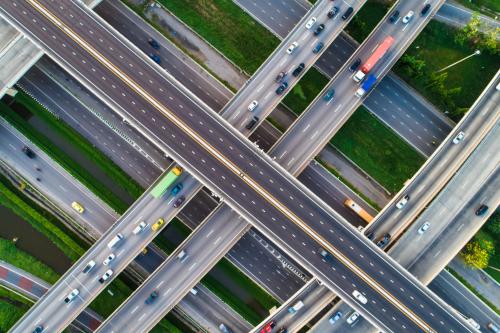
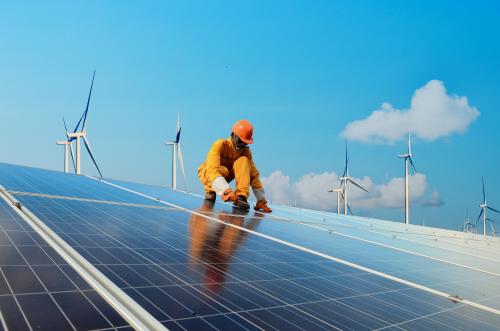
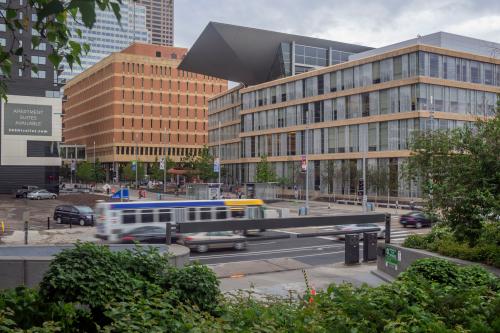


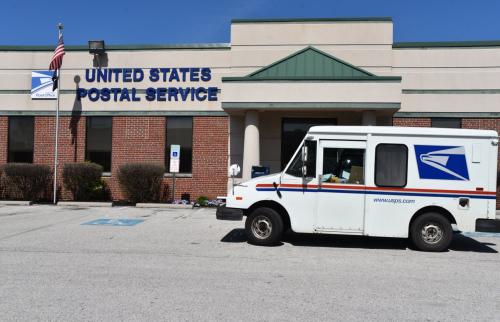
Commentary
The Senate infrastructure bill puts America closer to another New Deal
August 5, 2021